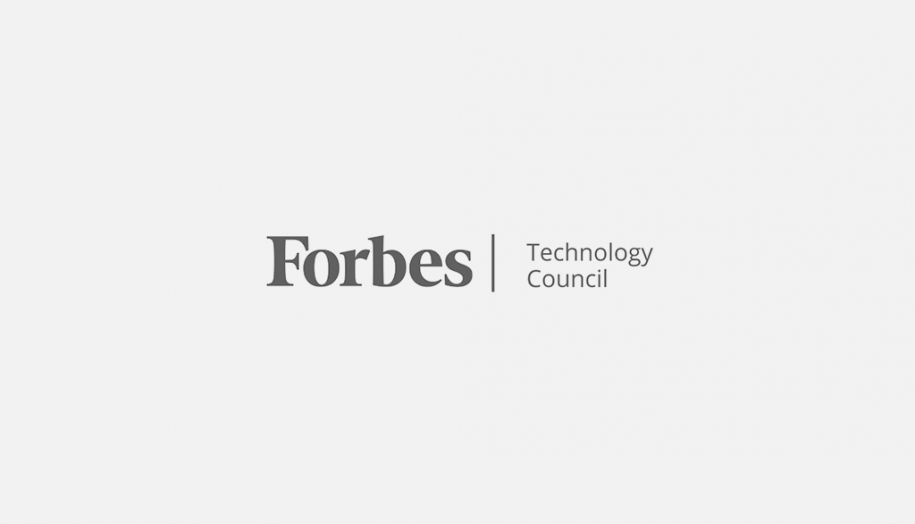Revamping Loyalty Programs Could Be The Key To Customer Engagement
As CTO of Engage People Inc. Len Covello helps companies differentiate loyalty programs to deliver a better experience for their customers.
Published July 19, 2021, 9:20 a.m. EST
Facing macro and microeconomic pressures related to a rapidly evolving industry and the lingering effects of the Covid-19 pandemic, banks across America have a heightened sense of urgency to launch innovative products and services to capture new revenue streams.
Enhancing the payments experience may offer financial institutions (FIs) the quickest path to improving customer retention, engagement and acquisition — which can improve liquidity and revenue capture. The key to this strategy is increasing the number of payment options, including the untapped loyalty rewards dollars available to bank customers.
The loyalty market — tapped as $200 billion, according to one 2020 industry study — is surprisingly unfulfilled. In fact, industry analysts estimate that some $100 billion worth of loyalty points go unused every year.
Before diving into how FIs can improve their liquidity and revenue capture with the payments transformation, it’s important to note why they’re so eager to do so. A key motivator is the meteoric rise of digital-first banking, which has been hyper-accelerated by branch closures and the rapid decline of cash.
While these trends have been advantageous for digital-savvy banks that have embraced fintech, the future is looking more and more uncertain for FIs that have resisted innovation. Consumers are growing increasingly alienated by legacy banking models that have failed to embrace digital transformation and integrate more modern, frictionless and mobile-native experiences.
It’s no wonder then that the number of consumers considering switching banks reached record highs last year. In 2020, 22% — or some 44 million people — considered leaving their old bank and establishing a new primary FI, according to survey data from marketing consultants Foresight Research.
Next-generation loyalty programs will play a key role in fulfilling customer needs.
Increasingly, financial services consumers — particularly millennials and Generation Z — are considering leaving their primary FI for providers that offer reduced friction, enhanced convenience and more rewarding consumer engagement.
While cryptocurrency markets have captured the lion’s share of media fanfare, with trading volumes on decentralized exchanges (DEX) and Ethereum transactions continuing to break records, loyalty points as a digital currency alternative are also on the rise.
While cryptocurrencies are mined out of complex and computationally intensive processes, loyalty points are minted out of recurring user-purchasing behavior. By integrating with simple, self-serve APIs, banks can build a bridge to their customers and select retailers to monetize loyalty-driven digital currency throughout their merchant networks.
This “loyalty network” dynamic enables consumers to convert points to currency during the online checkout process within the bank’s network of designated merchant partners — further enhancing their digital payment experience.
The Future Of Loyalty Points And Personalization
A loyalty network offers FIs a new vector to attract young depositors in search of a new primary FI, while retaining existing customers. The key theme here is finding creative ways to engage millennial and Gen Z financial services consumers.
While API integrations currently allow for loyalty customers to pay with points at participating online e-commerce sites, the future hints at a world where loyalty points — regardless of the program — are recognized simply as another form of payment, like a debit or credit card.
Depending on the setup, accumulated loyalty points could also be used to pay off certain bills or to make donations to a favorite charity. The same dynamic could apply to community banks and their networks of smaller mom-and-pop style stores, thus promoting the interests of local businesses hit hard by the pandemic.
This cyber-enabled loyalty framework helps personalize the consumer’s purchasing journey, which creates a more meaningful retail experience for end users. Consumers also benefit from expanded options in how and where they spend their points.
For program owners in this environment, where do you start to enable these new loyalty initiatives? First, identify the objectives for your organization. How do you want customers to interact with your brand, and how do you want to communicate with them?
Second, look at your current program and identify what’s missing to achieve your long-term objectives. This may require a clear understanding of what competitors are doing both inside your industry and from other industries and the latest technology solutions.
Third, determine the resources and skillsets required to optimize the customer journey. Is it available internally? Do you need to contract a third party?
Fourth, identify an internal champion and/or a good third-party partner to help deliver the necessary tools to optimize the customer journey. This resource should remain focused on implementing category innovations and delivering the ideal customer experience.
Finally, remember it takes time to implement often with trial and error, this is an ever-evolving area of opportunity, what works for today’s customer isn’t necessarily going to work tomorrow.
In an economy still healing from the shock of the pandemic, expanding the universe of payment options and consumer liquidity is table stakes. As banks seek out inventive ways to engage new customers, retain existing ones and navigate an uncharted era of unresolved Covid-enhanced risks, loyalty points are a rapidly emerging digital currency alternative that banks can no longer afford to neglect.
